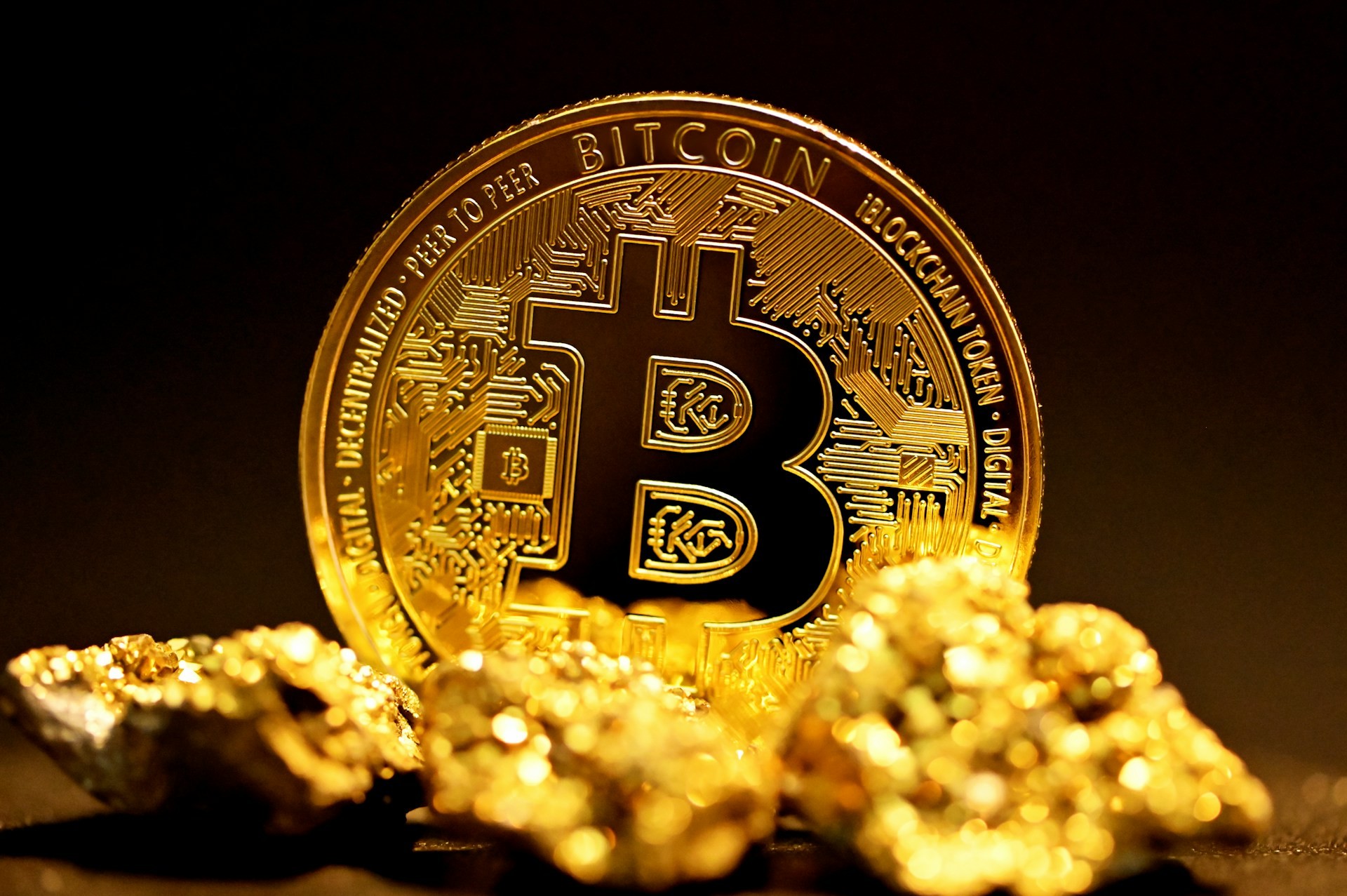How Bitcoin Became the World’s Most Trusted Digital Asset
When Bitcoin was first introduced in 2009 by the mysterious figure known as Satoshi Nakamoto, few could have imagined that it would one day become the world’s most trusted digital asset.
What began as a bold experiment in cryptography and economics has evolved into a global financial phenomenon. Bitcoin has survived skepticism, regulatory pushback, wild price swings, and countless predictions of its demise. Yet, over more than a decade, it has consistently proven its resilience, earning a level of trust that no other cryptocurrency—or even many traditional financial assets—can match.
At the heart of Bitcoin’s success is its core design: a decentralized network that operates without the need for a central authority. Unlike fiat currencies controlled by governments or central banks, Bitcoin is maintained by a distributed network of miners and nodes spread across the world. Each transaction is verified and recorded on a public ledger known as the blockchain, which ensures transparency, security, and immutability. This decentralized nature means that no single entity can manipulate supply, censor transactions, or shut down the system. In a world where confidence in financial institutions often wavers, Bitcoin’s independence has become one of its strongest sources of trust.
Another reason Bitcoin commands such credibility is its fixed supply. The total number of bitcoins that will ever exist is capped at 21 million—a fundamental rule embedded in its code. This scarcity contrasts sharply with fiat currencies, which can be printed in unlimited quantities. As governments have resorted to large-scale monetary stimulus and money printing, especially during economic crises, Bitcoin’s deflationary model has gained appeal as a hedge against inflation and currency devaluation. Many investors now see Bitcoin not merely as a speculative asset but as “digital gold,” a store of value that transcends national borders and monetary policies.
Bitcoin’s security model also contributes to its unmatched reputation. The network’s proof-of-work consensus mechanism relies on miners competing to solve complex mathematical problems, securing the blockchain through computational power. This process, while energy-intensive, makes Bitcoin one of the most secure networks in existence. To alter or compromise it would require controlling more than half of the network’s total hashing power—a nearly impossible task given its global scale. Over the years, despite numerous attacks on exchanges and scams in the broader crypto ecosystem, Bitcoin’s core protocol has never been hacked. This flawless record of technical integrity has cemented its image as the most reliable and secure digital currency ever created.
Trust in Bitcoin has also grown because of its transparency. Every transaction ever made is permanently recorded on the blockchain and publicly accessible. Unlike traditional banking systems, where transactions are hidden behind institutional walls, Bitcoin’s open ledger allows anyone to verify balances and transfers. This radical transparency fosters accountability and gives users confidence that the system operates exactly as designed—without favoritism, corruption, or manipulation.
Beyond its technical strengths, Bitcoin’s narrative as a decentralized alternative to traditional finance has struck a deep cultural chord. In the aftermath of the 2008 financial crisis, trust in banks and governments was at an all-time low. Bitcoin emerged as a direct response to that disillusionment—a system built on mathematics and code rather than human judgment. The first block of the Bitcoin blockchain even contained a reference to a newspaper headline about bank bailouts, symbolizing the frustration that inspired its creation. Over time, this ethos of financial sovereignty has become central to Bitcoin’s identity. It empowers individuals to hold and transfer wealth without relying on intermediaries, offering true ownership in a digital age where control is often concentrated in corporate or governmental hands.
Institutional adoption has further strengthened Bitcoin’s reputation. Over the last few years, major corporations, investment funds, and even some governments have begun to recognize its legitimacy. Companies like MicroStrategy, Tesla, and Square have added Bitcoin to their balance sheets. Financial giants such as Fidelity, BlackRock, and PayPal have developed infrastructure to support Bitcoin investment and custody. Even central banks and regulators, once dismissive, are now studying its underlying technology and exploring digital currencies of their own. This growing integration into the traditional financial system has transformed Bitcoin from a fringe innovation into a respected asset class.
Yet, perhaps the most powerful testament to Bitcoin’s trustworthiness is its community. Unlike centralized financial institutions that depend on executives and boards, Bitcoin’s development and governance are handled by a global, open-source community of developers, miners, and users. This collective stewardship ensures that decisions are made transparently and through consensus, not dictated by corporate interests or government agendas. Despite disagreements and forks over the years, the community has maintained Bitcoin’s core principles—decentralization, security, and scarcity—without compromise.
Even in the face of volatility, regulatory uncertainty, and fierce competition from thousands of altcoins, Bitcoin remains the benchmark against which all other digital assets are measured. Its longevity and stability have proven that trust in a decentralized system can be earned, not imposed. As new technologies and financial paradigms continue to emerge, Bitcoin’s greatest achievement may be its demonstration that money can exist—and thrive—outside the control of traditional institutions.
In 2025, Bitcoin stands as more than just a cryptocurrency. It is a global symbol of financial freedom, a digital store of value, and a technological breakthrough that continues to inspire innovation across industries. Its journey from an obscure idea in a white paper to a trillion-dollar asset underscores a profound truth: trust, once thought to be the domain of governments and banks, can now be programmed into code. Bitcoin didn’t just create a new kind of money—it created a new way for the world to believe in it.







